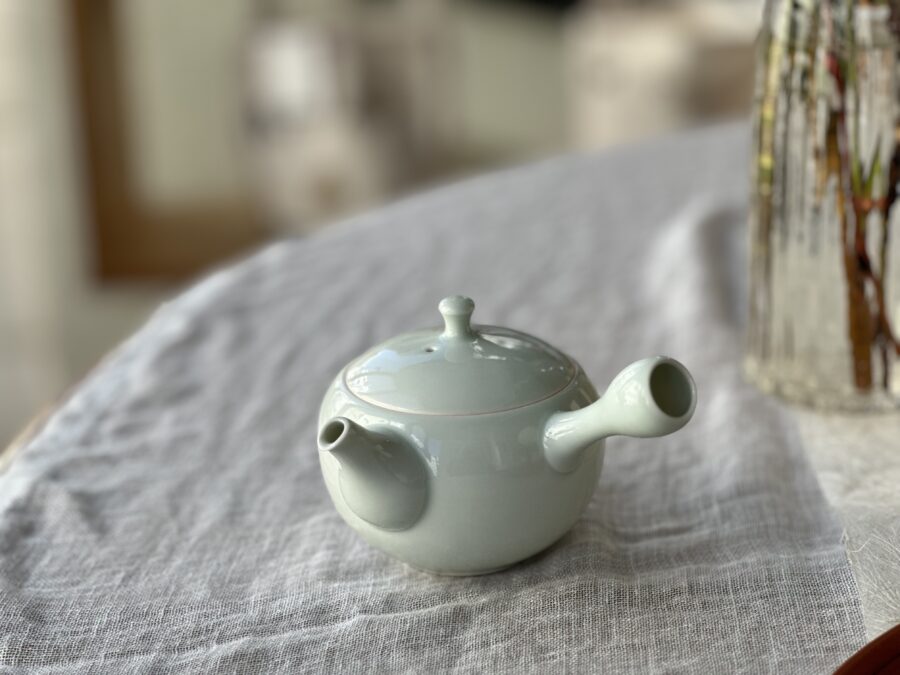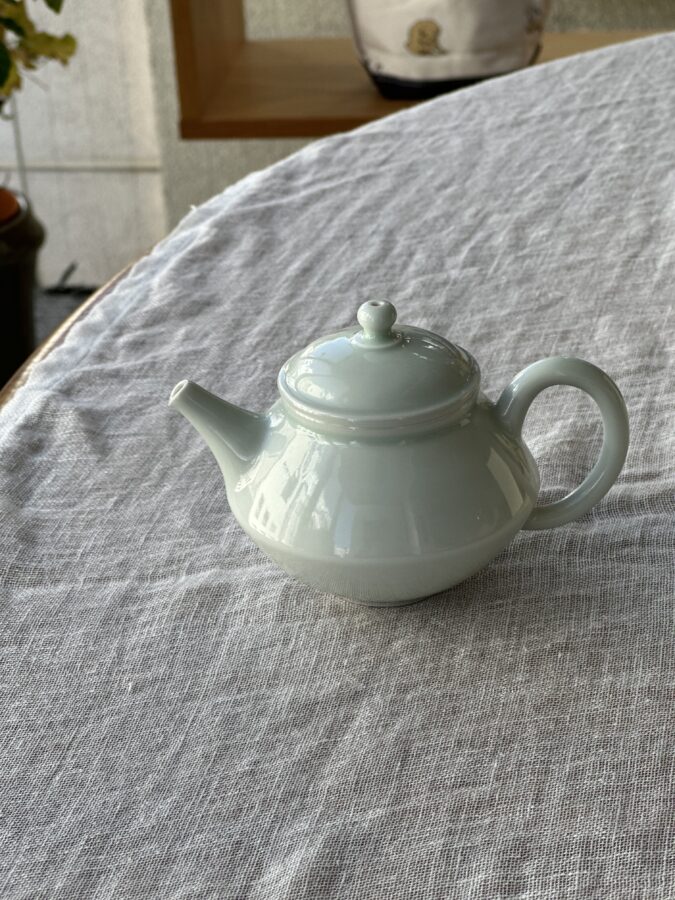大正初期、大型の甕を焼くため、勝太郎(初代)によって常滑市北条に窯が築かれたのが賢山窯のはじまりです。
健一(二代)は、シャトル窯や土管機を導入。大量生産を可能にし、高度成長期の発展を支えました。
賢吾(三代)は、盆栽鉢をはじめ傘立て・園芸鉢など生産し、また伝統的「よりこ造り」の手法を活かし、水鉢・睡蓮鉢・水琴窟(すいきんくつ)用の甕・大きな陶製の浴槽など新たな商品を生み出しました。昨今は焼き芋にじっくりと火を通すための甕が注目され、国内で広く使われています。
淳蔵(四代)は、代々主力であった大物のみならず、食器や急須といったテーブルウェアを中心に日々作陶をし、国内をはじめ台湾や中国などお茶の文化圏で活躍しています。賢山窯は古来から受け継ぐ技法を守りつつ、時代に応じたものづくりを続けています。
In the early Taisho period, the beginning of the Kenzan kiln was that a kiln was built in Hojo, Tokoname City by Katsutaro (the first) to bake a large pot.
Kenichi (the second generation) introduced a shuttle kiln and earth pipe machine. It enabled mass production and supported the development of the high-growth period.
Kengo (the third generation) produced bonsai bowls, umbrella stands, gardening bowls, etc., and also made use of the traditional “Yoriko-zukuri” method to create new products such as water bowls, water lily bowls, pots for suikinkutsu, and large ceramic bathtubs. Recently, pots for slowly cooking baked sweet potatoes have attracted attention and are widely used in Japan.
Junzo (four generations) not only makes big players who have been the main force for generations, but also makes pottery every day, focusing on tableware such as tableware and teapots, and is active in tea cultural areas such as Taiwan and China. Kenzan Kiln continues to make things according to the times while protecting the techniques inherited from ancient times.

青磁らしい表情のとても美しい青が出ています。煎茶の美味しい表情が出てきます。とても丁寧に、美しく創られています。
A very beautiful blue with a celadon-like expression is coming out. The delicious expression of sencha comes out. It is created very carefully and beautifully.
